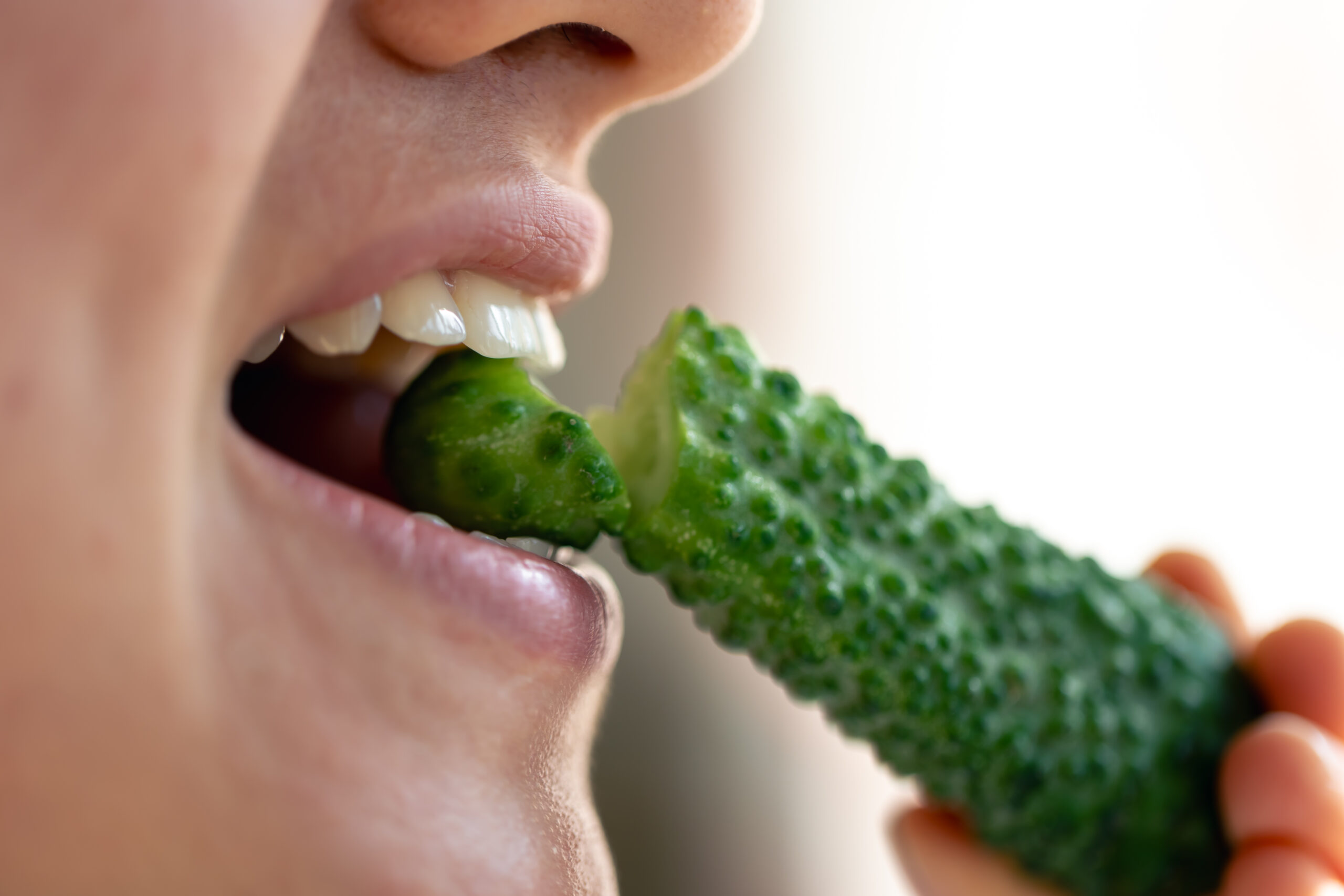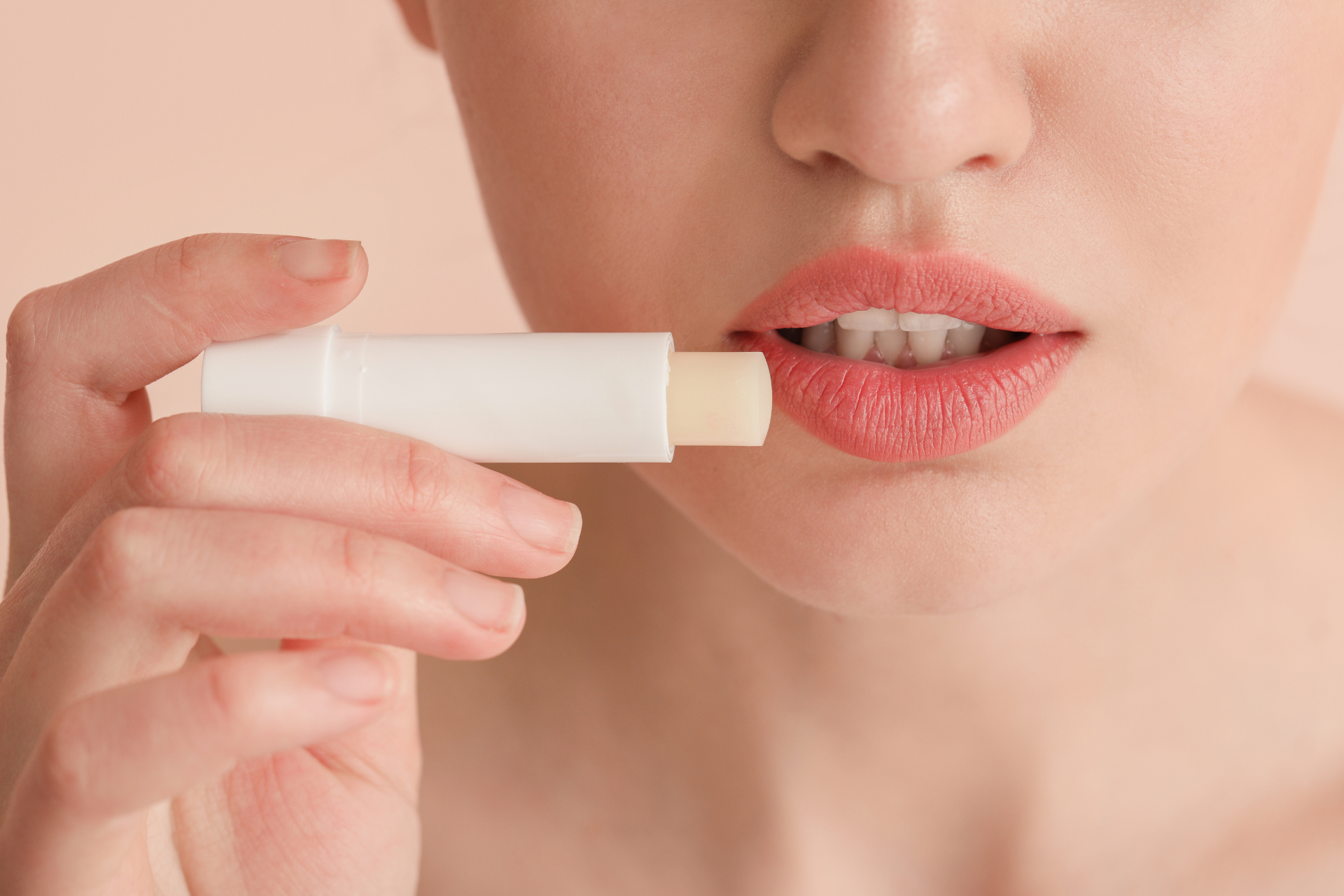Bitter Masking Service: A Practical Solution for Intensely Flavored Active Ingredients That Are Easier to Consume
In developing products for health and beauty—whether dietary supplements, cosmetics, pharmaceuticals, or consumer goods—one of the most critical quality components is the active ingredient, which delivers the product’s key benefits. However, many active ingredients carry a distinctly bitter or otherwise unpleasant taste, creating obstacles for consumer use or acceptance. This is where bitter masking steps in as an essential process that transforms intensely bitter substances into more palatable forms, enhancing both user experience and market competitiveness.

Why Do Many “Active Ingredients” Taste Bitter?
-
Chemical Structure of the Compounds
Some types of compounds, such as alkaloids or phenolic compounds, tend to strongly stimulate the bitter taste receptors on the tongue. This causes consumers to perceive an unpleasant taste from the very first contact, even though these substances are key functional ingredients with health benefits—such as antioxidant or anti-inflammatory properties. -
High Concentration of Active Ingredients
Many products contain a high amount of active ingredients to deliver clear functional benefits—for example, dietary supplements made with concentrated herbal extracts, or health drinks enriched with vitamins and minerals. The downside is, the more you add, the more pronounced the bitterness can become, which may negatively affect consumption. -
Side Reactions in the Formulation
Mixing multiple substances in a single formulation may lead to chemical or physical interactions that enhance the bitterness of the active ingredients—or even introduce an astringent taste, making the overall flavor of the product less palatable.
Bitter Masking Basics: Turning Off-Putting Flavors into Consumer-Friendly Products
When an active ingredient exhibits a strong bitter flavor, product developers can employ various methods to reduce or eliminate it, such as:

- Flavor Enhancers or Additives
- Incorporating sweet, sour, or other flavors that counterbalance bitterness
- Utilizing direct bitterness suppressors to achieve a more harmonious taste profile

2. Encapsulation / Coating
-
- Preventing direct contact between the bitter compound and the tongue through particle coating or microcapsule formation
- Limiting the release of the bitter substance upon consumption

3. pH Adjustment & Controlled Release
-
- Altering the compound’s form (e.g., pH or solubility) so it remains less perceptible to taste receptors
- Potentially orchestrating ingredient dissolution in the stomach rather than on the tongue
Core Techniques in Bitter Masking
- Flavor Blending
- Concept: Use natural or synthetic flavor modifiers to mask bitterness—examples include mild sweetness from stevia or honey, tart notes from fruit extracts, or specific herbs and spices.
- Advantages: Not only diminishes bitterness but also imparts a unique aroma or flavor dimension, making the product stand out.
- Caution: Must ensure the added flavors do not overshadow the core active ingredient’s identity or compromise its chemical structure.
2. Encapsulation
- Concept: Encase the active ingredient in a protective carrier substance to prevent immediate contact with taste receptors.
- Advantages:
- Clearly mitigates bitterness
- Allows for controlled release
- Improves stability under heat, humidity, and light
- Caution: The chosen encapsulation method must fit manufacturing processes and product shelf-life requirements.
3. Taste Modulators
- Concept: Use specific chemicals that inhibit bitterness receptors or transiently modify taste perception pathways.
- Advantages: Neutralizes bitterness at the receptor level, virtually eliminating negative flavor perception.
- Caution: Must confirm safety, regulatory compliance, and compatibility with the “active ingredient” in question.
Industries and Products Benefiting from Bitter Masking

Dietary Supplements & Health Beverages
- Herbal-based or high-vitamin formulations, or even whey protein products that often taste bitter
- Effective bitter masking helps make these drinks and supplements more palatable, increasing sales and broadening consumer appeal

Pharmaceuticals & Medicinal Products
- Syrups, tablets, or pediatric and geriatric medications where bitterness deters adherence
- Bitter masking can reduce patient refusal and ensure users complete their treatment regimens

Cosmetics & Beauty
- Lipsticks, lip balms, oral sprays, or creams containing potent “active ingredients” with strong tastes or smells
- Bitter masking ensures users do not experience unpleasant aftertastes or harsh sensations

Other Consumer Goods
- Pet foods or supplements known for bitter or pungent flavors
- Minimizing bitterness makes them easier for animals to accept
- Certain industrial goods require preserving key active ingredients without unpleasant odors or flavors for consumer convenience
Advantages and Positive Outcomes of Bitter Masking Services
- Enhanced Consumer Satisfaction
- Once bitterness is reduced or eliminated, the user experience improves significantly, strengthening brand loyalty and repeat purchases.
- Marketing Opportunities
- Products containing high levels of “active ingredients” but lacking an unpleasant taste serve as a strong differentiator.
- Can enable premium pricing or expansion into new product lines.
- Lower Product Abandonment Rates
- Especially in medications or dietary supplements, advanced bitter masking reduces the chance of users discontinuing usage.
- Friendlier, More Trustworthy Brand Image
- Brands that invest in improving the flavor profiles of strong “active ingredients” demonstrate empathy and commitment to consumer needs.

Bitter masking is an indispensable process for elevating products rich in active ingredients but challenged by harsh flavors. Solutions range from flavor additives and encapsulation to receptor-level modifications. This service proves vital for developers and product formulators aiming to deliver both health benefits and a pleasant consumer experience.
Interested in using bitter masking to tackle unpleasant tastes in your “active ingredient” or product? Contact TIBD to explore how we can help refine your formula for optimal palatability without compromising efficacy. click



